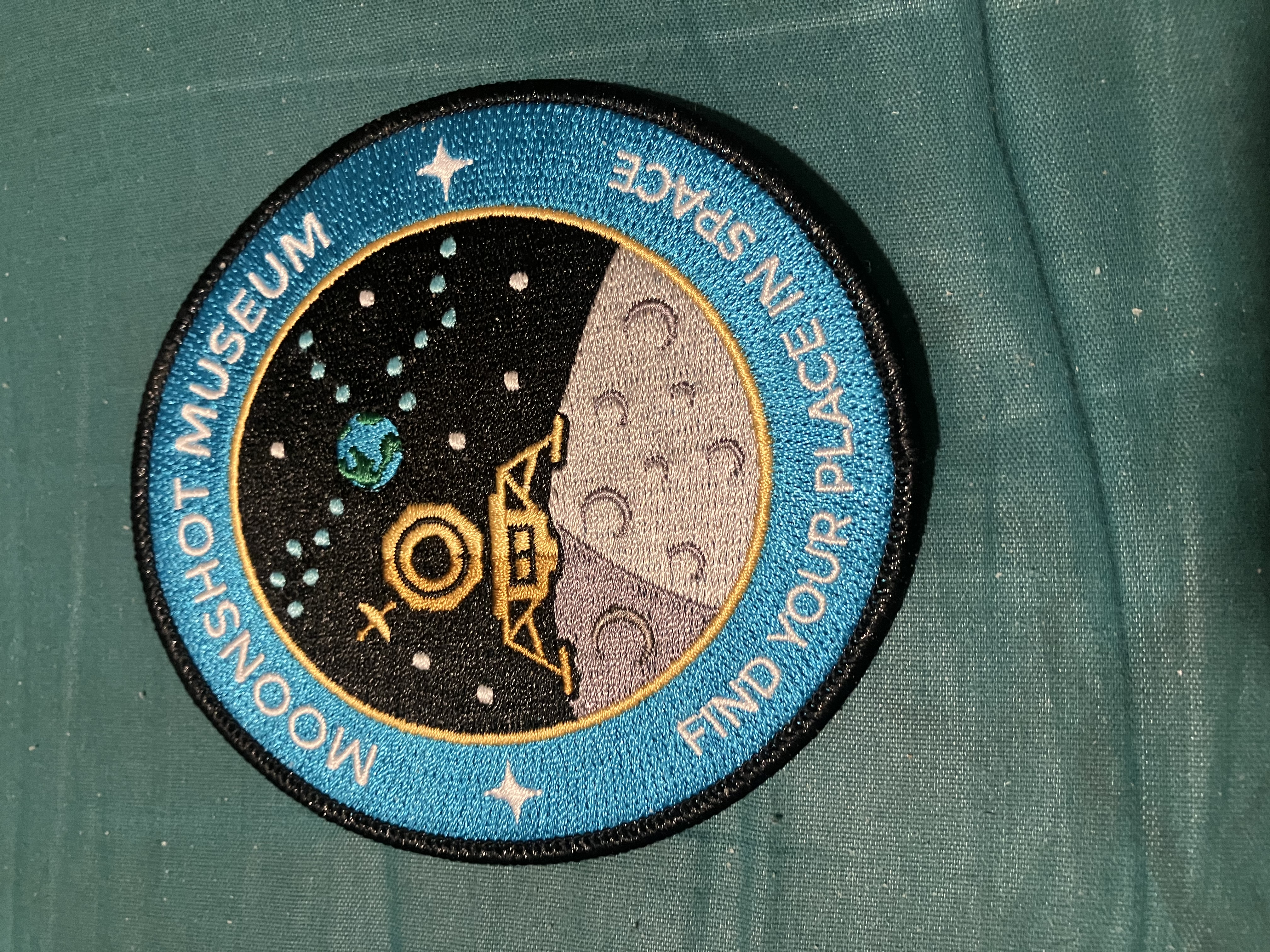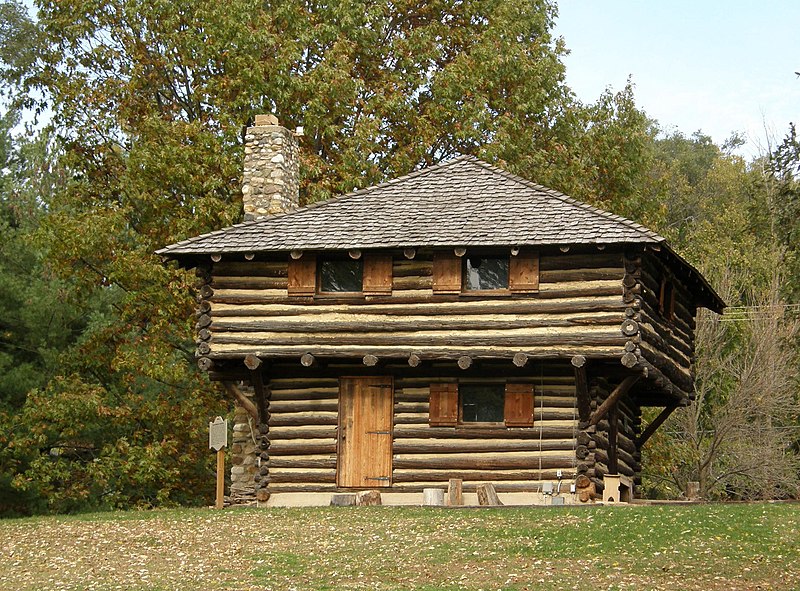A Partial Solar Eclipse / Partial Eclipse of the Sun will be visible (weather-permitting) early Tuesday morning in Europe, Africa, Middle East, and western Asia.
NEITHER THIS PARTIAL SOLAR ECLIPSE / PARTIAL ECLIPSE OF THE SUN, NOR ANY PARTIAL PHASE OR ANNULAR PHASE OF ANY SOLAR ECLIPSE / ECLIPSE OF THE SUN, IS SAFE TO LOOK AT DIRECTLY, UNLESS YOU HAVE THE PROPER EQUIPMENT AND PROPER TRAINING TO DO SO SAFELY; OTHERWISE EYE-SIGHT COULD BE DAMAGED PERMANENTLY.
This graphic shows one way to safely view the partial phases of a Solar Eclipse by building a Solar Pinhole Viewing Box (a.k.a. Pinhole Camera) as shown above. After building this box, you must turn your back to the Sun and allow the light from the Sun to go through the pinhole and shine on a white piece of paper on the other end of the box (NEVER LOOK THROUGH THE PINHOLE AT THE SUN!).
(Graphic Source: Eric G. Canali, former Floor Operations Manager of the original Buhl Planetarium and Institute of Popular Science (a.k.a. Buhl Science Center), America's fifth major planetarium and Pittsburgh's science and technology museum from 1939 to 1991, and Founder of the South Hills Backyard Astronomers amateur astronomy club.)
By Glenn A. Walsh
Reporting for SpaceWatchtower
A Partial Solar Eclipse / Partial Eclipse of the Sun will be visible (weather-permitting) Tuesday over Europe, Africa, Middle East, and western Asia. Live-stream web-casts are available of the event, for those not in view of the event or where weather conditions are not amenable.
NEITHER THIS PARTIAL SOLAR ECLIPSE / PARTIAL ECLIPSE OF THE SUN, NOR ANY PARTIAL PHASE OR ANNULAR PHASE OF ANY SOLAR ECLIPSE / ECLIPSE OF THE SUN, IS SAFE TO LOOK AT DIRECTLY, UNLESS YOU HAVE THE PROPER EQUIPMENT AND PROPER TRAINING TO DO SO SAFELY; OTHERWISE EYE-SIGHT COULD BE DAMAGED PERMANENTLY. GO TO THE FOLLOWING INTERNET LINK FOR TIPS ON SAFE VIEWING OF A SOLAR ECLIPSE / ECLIPSE OF THE SUN:
Link >>> https://buhlplanetarium2.tripod.com/FAQ/soleclipse/solareclipseviewingtips.html
Internet links to Live-stream Web-casts of this eclipse located near the end of this blog-post.
Of course, a Solar Eclipse / Eclipse of the Sun can only be observed (if, you are using a safe observing technique), if the Sun has risen at a certain locale, weather-permitting. Near the end of this blog-post is an Internet link to a map(s) showing where such an Eclipse can be observed, and whether the entire Eclipse can be observed, or if only a portion of the Eclipse can be observed. Also, near the end of this blog-post is an Internet link to a U.S. Naval Observatory web-page, where you can plug in your location to determine the times of sunrise and sunset.
A Solar Eclipse / Eclipse of the Sun occurs at the New Moon primary phase of the Moon, when the Moon comes between the Earth and the Sun and blocks the Sun's light from a portion of the Earth's surface. The reason a Solar Eclipse / Eclipse of the Sun does not happen during every New Moon phase is because the Moon's orbit around the Earth is not a perfect circle and in the same orbital plane as the Earth. The Moon's orbit is tilted about 5 degrees to Earth's orbit; hence, the lunar shadow caused by sunlight usually misses the Earth's surface.
A Total Solar Eclipse / Total Eclipse of the Sun occurs when the the Sun's light is completely blocked from a portion of the Earth's surface. A Partial Solar Eclipse / Partial Eclipse of the Sun (including the partial phases of a Total Solar Eclipse / Total Eclipse of the Sun) occurs when only a portion of the Sun's light is blocked from a portion of the Earth's surface.
An Annular Solar Eclipse / Annular Eclipse of the Sun occurs when the Moon is too far away from the Earth to completely cover the Sun's light; a dangerous annulus of sunlight, or “ring of fire”, is visible around the edge of the Moon during such an eclipse. This occurs as the Moon's orbit around the Earth is an ellipse, not a circle. Thus at certain times during the nearly-month long lunar orbit (known as a Tropical Month or Sidereal Month: ~27.32 days), the Moon is farther from the Earth than at other times of the month. When the time the Moon is farther from the Earth than average coincides with a Solar Eclipse / Eclipse of the Sun, the result is an Annular Solar Eclipse / Annular Eclipse of the Sun.
A rare type of Solar Eclipse / Eclipse of the Sun is the Hybrid Solar Eclipse / Hybrid Eclipse of the Sun (also known as an Annular / Total Solar Eclipse / Annular / Total Eclipse of the Sun). With this type of eclipse, at certain places on Earth it appears as a Total Solar Eclipse / Total Eclipse of the Sun, while at other areas of the Earth's surface it appears as an Annular Solar Eclipse / Annular Eclipse of the Sun.
One of the greatest coincidences in nature is the fact that the Sun's distance from the Earth is about 400 times the distance from Earth to the Moon --- AND, the Sun's diameter is about 400 times the diameter of the Moon. This allows for the occurrence of a Total Solar Eclipse / Total Eclipse of the Sun. Hence, even before humans had advanced technology, early scientists could learn more about the Sun and the Moon by observing a Total Solar Eclipse / Total Eclipse of the Sun.
As early as the 4th Century B.C., Chinese astronomers were able to predict the dates and times of a Solar Eclipse / Eclipse of the Sun. Today, such eclipses can be predicted, accurately, far into the future.
During a Total Solar Eclipse / Total Eclipse of the Sun on 1919 May 29, English astronomer Arthur Eddington made stellar observations which confirmed the General Theory of Relativity proposed by Albert Einstein in 1915. An experiment that could only occur during a Total Solar Eclipse / Total Eclipse of the Sun, Dr. Eddington was able to confirm Dr. Einstein's theoretical prediction of gravitational lenses, which shows that a large mass in Outer Space is capable of bending the light seen by an observer, from a light source beyond the large mass.
All eclipses come in pairs (a Solar Eclipse / Eclipse of the Sun comes a couple weeks before, or after, a Lunar Eclipse / Eclipse of the Moon), sometimes even in threes. In the current case, a Total Lunar Eclipse / Total Eclipse of the Moon will occur early on the morning of 2022 November 8, visible in North America, most of South America, Asia, Australia, and parts of northern and eastern Europe, weather-permitting.
The following are the times, in Eastern Daylight Saving Time (EDT) and Coordinated Universal Time (UTC), for the second and last Solar Eclipse / Eclipse of the Sun of 2022 (both a Partial Solar Eclipse / Partial Eclipse of the Sun):
Tuesday, 2022 October 25 – Eastern Daylight Saving Time (EDT) / Coordinated Universal Time (UTC) ---
Partial Solar Eclipse Begins: 4:58:20 a.m. EDT / 8:58 :20 UTC
Primary Moon Phase: New Moon – Lunation #1235: 6:49 a.m. EDT / 10:49 UTC
Maximum Eclipse (82 per-cent obscuration by Moon): 7:00:16 a.m. EDT / 11:00:16 UTC
Partial Solar Eclipse Ends: 9:02:16 a.m. EDT / 13:02:16 UTC
2022 October 25 also marks the 83rd anniversary of the grand public opening of the original Buhl Planetarium and Institute of Popular Science in Pittsburgh, which occurred on 1939 October 25. The official dedication ceremony had occurred at 8:30 p.m. the previous evening, before an invitation-only list of VIPs. However, the dedication ceremony was broadcast on three Pittsburgh radio stations: KQV, KDKA, and WWSW. The Buhl Planetarium and Institute of Popular Science (a.k.a. Buhl Science Center), the fifth major planetarium in America, was Pittsburgh's science and technology museum from 1939 to 1991.
Internet Links to Live-stream Web-casts of 2022 Oct. 25 Partial Solar Eclipse / Partial Eclipse of the Sun ---
Link >>> http://time.unitarium.com/events/eclipse/102022/live.html
Solar Eclipse / Eclipse of the Sun: Tips for Safe Viewing ---
Link >>> https://buhlplanetarium2.tripod.com/FAQ/soleclipse/solareclipseviewingtips.html
Internet Links to Determine Where an Eclipse can be Observed ---
Map (NASA): Link >>>
U.S. Naval Observatory Sunrise / Sunset Calculator:
Link >>> https://aa.usno.navy.mil/data/RS_OneDay
Internet Links to Additional Information ---
Partial Solar Eclipse / Partial Eclipse of the Sun of 2022 Oct. 25 -
NASA: Link >>> https://eclipse.gsfc.nasa.gov/SEsearch/SEsearchmap.php?Ecl=20221025
TimeandDate.com: Link >>> https://www.timeanddate.com/eclipse/solar/2022-october-25
Wikipedia.org: Link >>> https://en.wikipedia.org/wiki/Solar_eclipse_of_October_25,_2022
Solar Eclipse / Eclipse of the Sun: Link >>> https://en.wikipedia.org/wiki/Solar_eclipse
Related Blog Posts --
"100 Years Ago: U.S. Scientist Questions Evidence Proving General Theory of Relativity." Wed., 2019 Nov. 13.
Link >>> https://spacewatchtower.blogspot.com/2019/11/100-years-ago-us-scientist-questions.html
"Great American Solar Eclipse Next Monday: Some Ways to See It Safely." Mon., 2017 Aug. 14.
Link >>> https://spacewatchtower.blogspot.com/2017/08/great-american-solar-eclipse-next-mon.html
Source: Glenn A. Walsh Reporting for SpaceWatchtower, a project of Friends of the Zeiss
Monday, 2022 October 24.
Like This Post? Please Share!
More Astronomy & Science News - SpaceWatchtower Twitter Feed:
Link >>> https://twitter.com/spacewatchtower
Astronomy & Science Links: Link >>> http://buhlplanetarium.tripod.com/#sciencelinks
Want to receive SpaceWatchtower blog posts in your in-box ?
Send request to < spacewatchtower@planetarium.cc >.
gaw
Glenn
A. Walsh, Informal Science Educator & Communicator
(For more than 50 years! -
Since Monday Morning, 1972 June 12):
Link >>> http://buhlplanetarium2.tripod.com/weblog/spacewatchtower/gaw/
Electronic Mail: < gawalsh@planetarium.cc >
Project Director, Friends of the Zeiss: Link >>> http://buhlplanetarium.tripod.com/fotz/
SpaceWatchtower Editor / Author: Link >>> http://spacewatchtower.blogspot.com/
Formerly
Astronomical Observatory Coordinator & Planetarium Lecturer,
original Buhl Planetarium & Institute of Popular Science (a.k.a.
Buhl Science Center), America's fifth major planetarium and Pittsburgh's science & technology museum from
1939 to 1991.
Formerly Trustee, Andrew Carnegie Free Library and Music Hall, Pittsburgh suburb of Carnegie, Pennsylvania, the fourth of only five libraries both constructed and endowed by Andrew Carnegie.
Author of History Web Sites on the Internet --
* Buhl Planetarium, Pittsburgh: Link >>> http://www.planetarium.cc Buhl Observatory: Link >>> http://spacewatchtower.blogspot.com/2016/11/75th-anniversary-americas-5th-public.html
* Adler Planetarium, Chicago: Link >>> http://adlerplanetarium.tripod.com
* Astronomer, Educator, Optician John A. Brashear: Link >>> http://johnbrashear.tripod.com
* Andrew Carnegie & Carnegie Libraries: Link >>> http://www.andrewcarnegie.cc
* Other Walsh-Authored Blog & Web-Sites: Link >>> https://buhlplanetarium.tripod.com/gawweb.html



